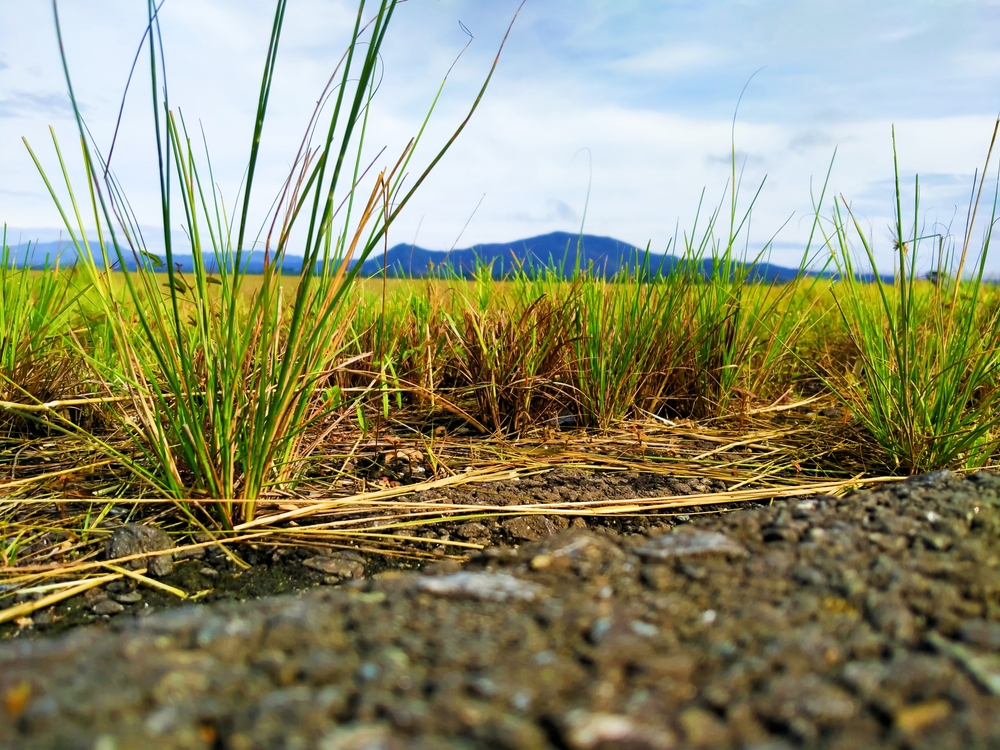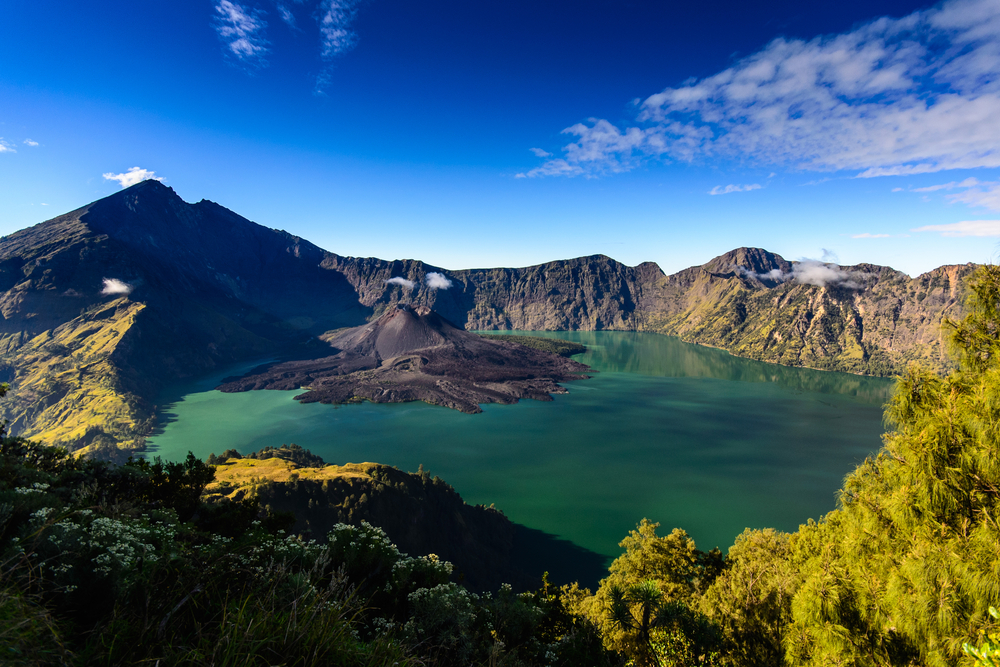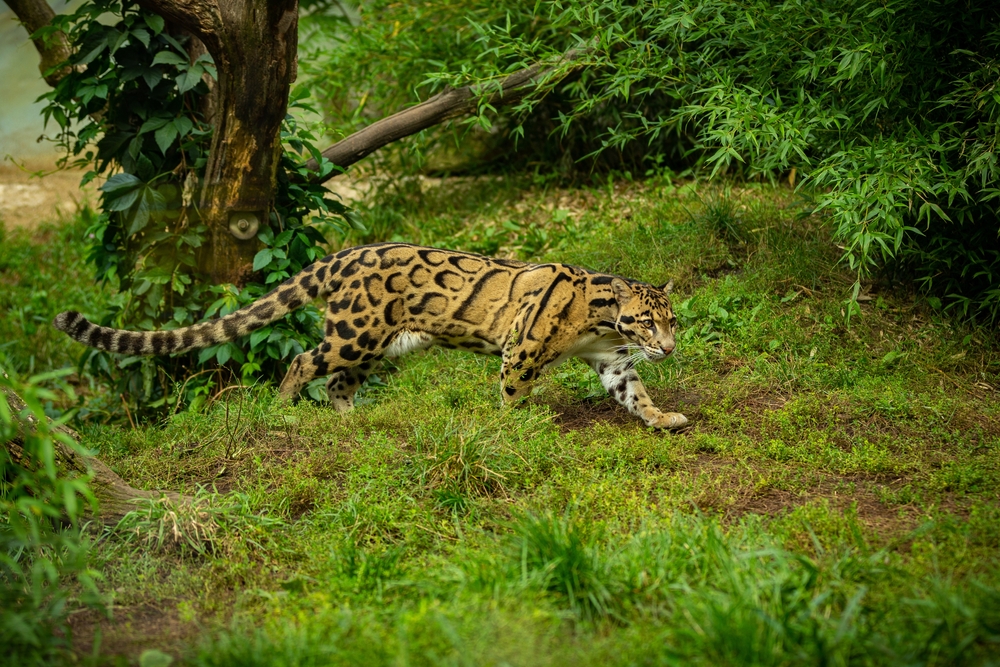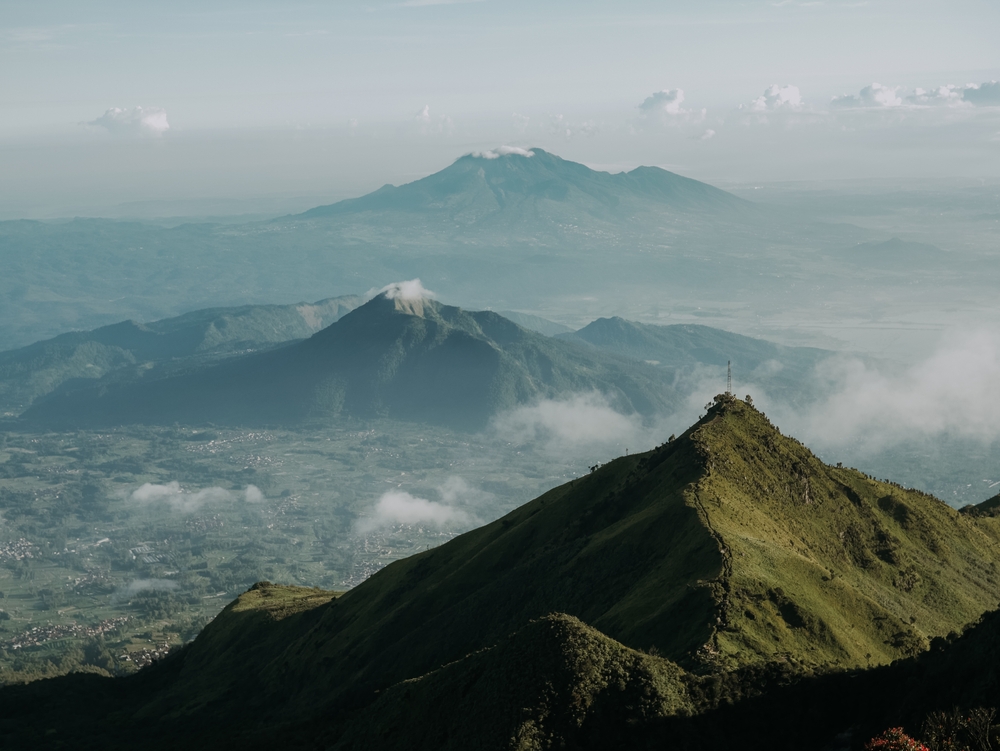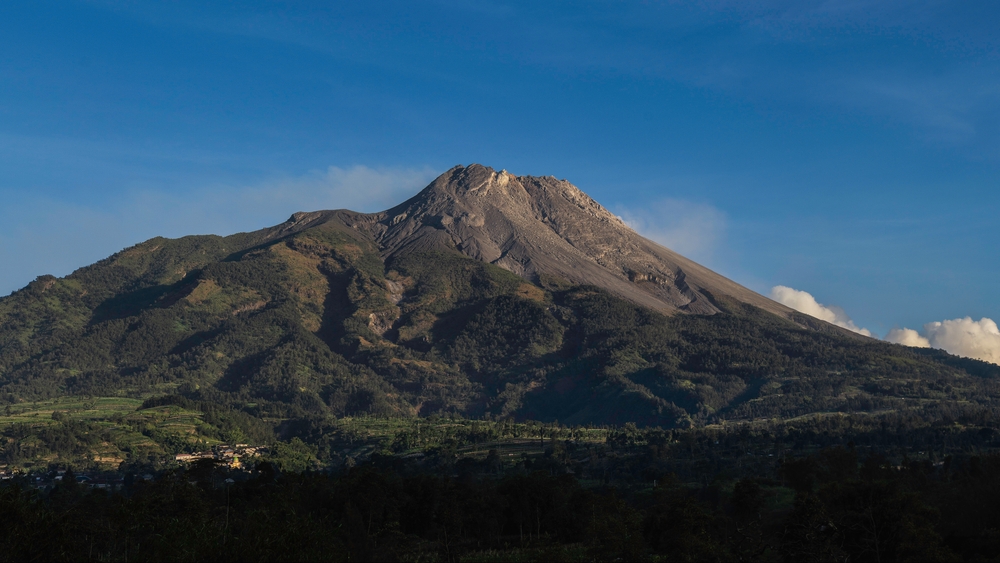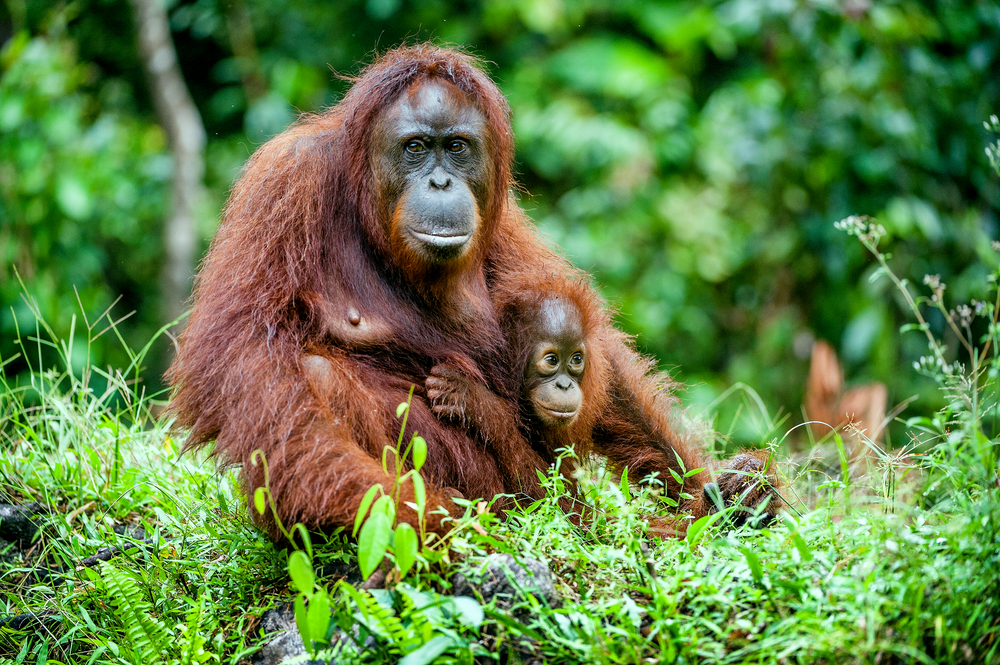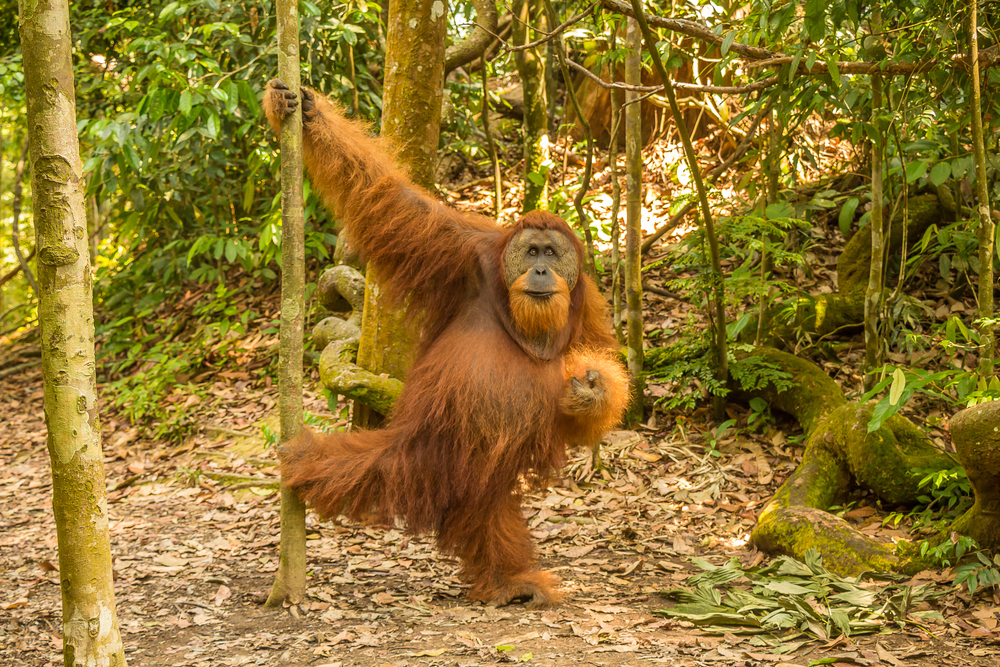Rawa Aopa Watumohai Overview
Rawa Aopa Watumohai National Park, locally known as Taman Nasional Rawa Aopa Watumohai, is a strikingly diverse natural reserve located on the island of Sulawesi in Indonesia. Covering an impressive area of 386.73 square miles (1,002 square kilometers), this park is situated in Southeast Sulawesi province and is a haven for biodiversity.
Its vast expanse combines wetlands, forests, savannas, and mountainous terrain, making it one of Indonesia’s most ecologically varied national parks. The park’s terrain is a mix of swampy lowlands, rolling savannas, and lush forested mountains. Its namesake, Rawa Aopa, is an expansive peat swamp that forms one of the most prominent wetlands in the region and serves as a critical habitat for various aquatic species.
The Watumohai mountain range adds dramatic elevation to the park, with peaks that offer panoramic views of the surrounding wilderness. The mangrove forests that line its coastal areas and the freshwater marshes contribute to its rich and varied landscapes. Vegetation in the park is equally diverse, ranging from tropical rainforests filled with towering dipterocarp trees to savanna grasslands scattered with acacia and eucalyptus.
Wildlife in Rawa Aopa Watumohai National Park is abundant and includes many species that are endemic to Sulawesi. The park is home to the anoa, a small and rare species of buffalo unique to the island, as well as the Sulawesi black macaque, a charismatic primate known for its distinctive crest of hair.
Bird enthusiasts flock to the park to observe species like the endangered maleo, a ground-nesting bird famous for its unique reproductive habits, and the Sulawesi hornbill, an iconic symbol of the region’s avian diversity. The wetlands also provide refuge for a variety of waterbirds, including herons, egrets, and the purple swamphen. The park’s waters teem with reptiles such as saltwater crocodiles and monitor lizards, further underlining its ecological importance.
Visitors to Rawa Aopa Watumohai National Park are drawn to its pristine beauty and opportunities for adventure. Birdwatching, trekking, and canoeing through the swampy channels are some of the most popular activities. The park’s dense forests offer excellent hiking trails, while the savannas provide an open landscape ideal for spotting wildlife.
The tranquility of the wetlands, combined with their ecological richness, creates a serene environment that appeals to nature lovers and researchers alike. Despite its remote location, the park’s natural allure makes it a worthwhile destination for eco-tourism.
Conservation efforts in the park face challenges due to illegal logging, poaching, and land conversion pressures. However, local and national conservation initiatives have made significant strides in protecting the park’s unique ecosystems.
Community engagement programs have been instrumental in raising awareness and promoting sustainable practices among the local population. The park’s management continues to focus on balancing environmental protection with eco-tourism development, ensuring the preservation of this natural treasure for future generations.








































































